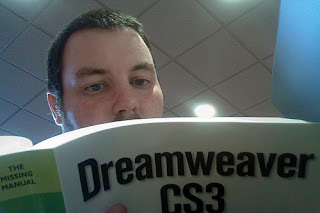 |
| charlesc, Drupal Cake |
1. Using a CMS takes all the technical "mumbo jumbo" you don't have to deal with.
When I mean "mumbo jumbo" I'm talking about all of the technical coding. Content management systems provide a non-technical way of creating new pages or updating content, without having to know any HTML. Content management systems also allow you to manage the structure of the site, like where the pages go and how they're all linked together. Some offer simple drag-and-drop reconfiguration of the site, without breaking any links. Almost all content management systems provide a web-based authoring environment, which makes implementing content easy.
2. It has many benefits for businesses that wish to operate a website.
These days, almost all businesses of any kind have a website to enhance themselves. Having a CMS will improve the quality, reliability, efficiency, and overall, business performance. When it comes to marketing, a content management system can marketing campaigns and create landing pages for your site. A CMS provides you with the ability to quickly react to changes in the market place. Publishing workflow of your business is an option with a CMS as well to publish your content instantly. You can also prepare content to publish for a specific date, for example, if a company were offering sales, marketing campaigns, and PR.
3. It is cost effective.
A good CMS for your site doesn't have to be terribly expensive, but the cost of not using one is likely to be even higher. In the long run you'll save money. Paying someone, to make all your changes and updates by hand can come at a large price. Sometimes if you hire a person, they will use a CMS anyway, just to make their own lives easier, but still charge you the cost of doing it manually. Whether you buy a system, have one built, or subscribe to a CMS service, they're a more cost-effective solution versus the alternative.
Helpful Article Sources:
https://www.trabian.com/articles/why-a-cms
http://www.jasonsalter.com/cms
http://its.fsu.edu/Web-Services/ITS-Web-Services/CMS







